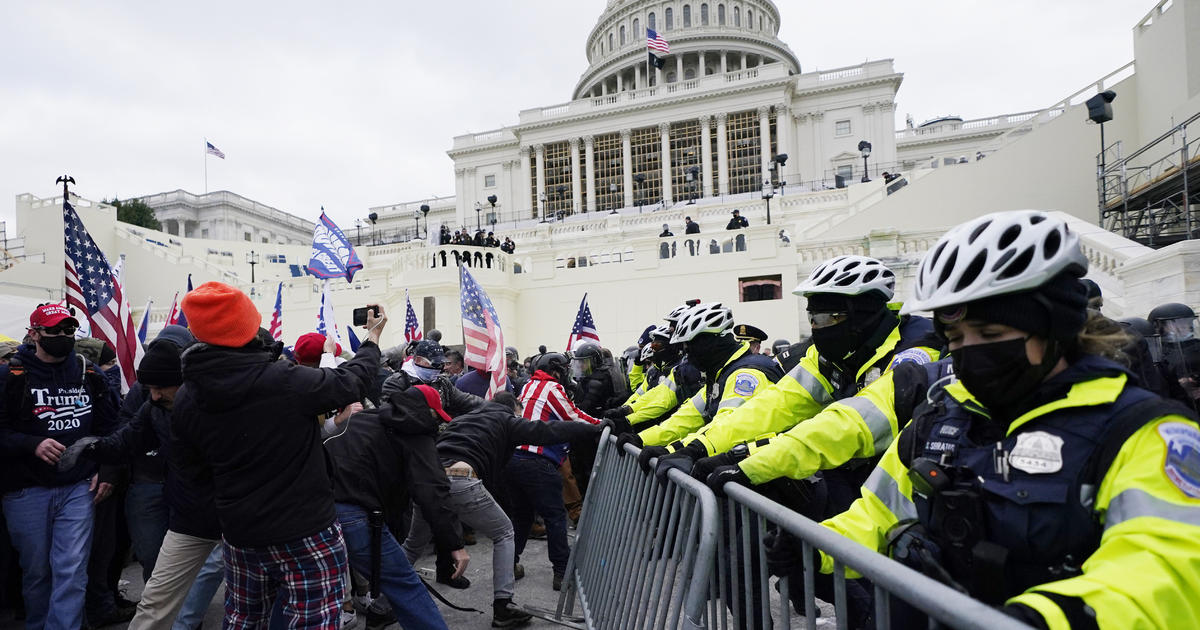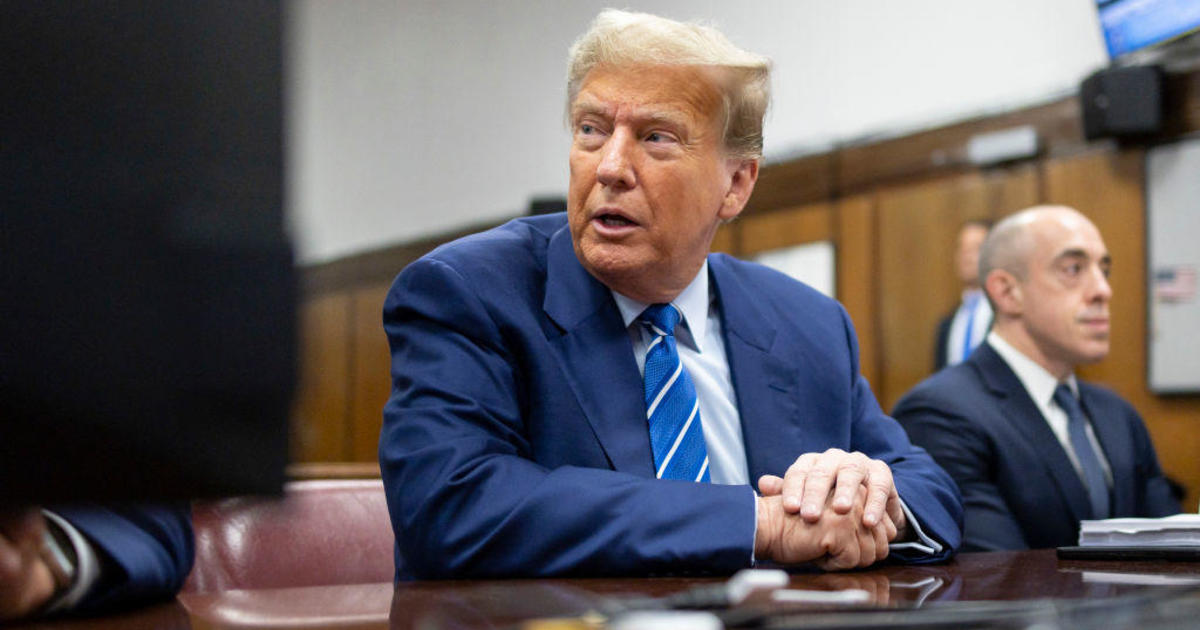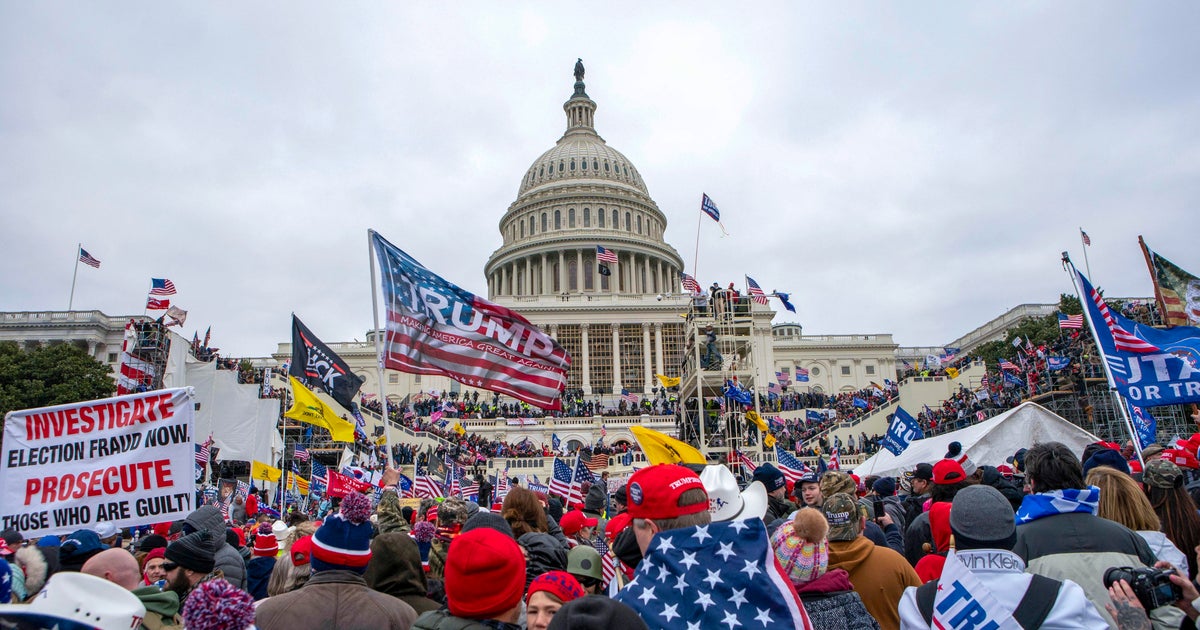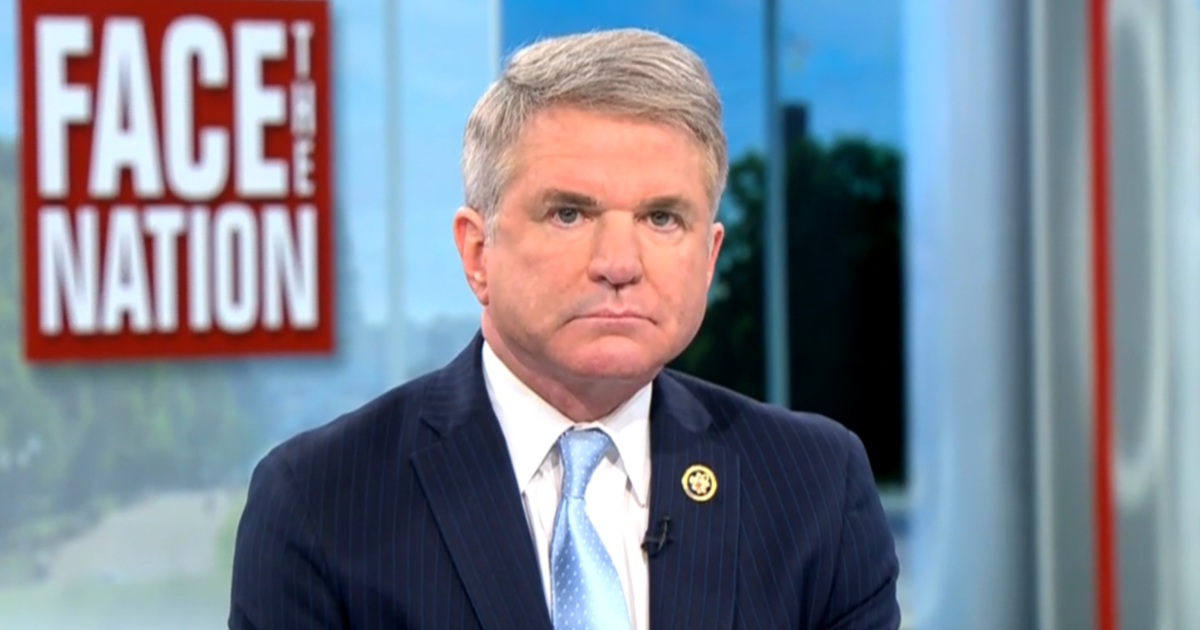Ex-officials blame intelligence failure, red tape for botched response to Capitol attack
Washington — Top security officials who were responsible for protecting the Capitol during the January 6 attack on the complex faced lawmakers for the first time on Tuesday, revealing new details about the intelligence leading up to the assault and the frenzy to respond as the chaos unfolded.
Four officials, three of whom resigned in the days following the assault, appeared before the Senate Rules Committee and the Homeland Security and Governmental Affairs Committee, both of which are investigating security failures surrounding the attack.
Questions surrounding the nature of the intelligence leading up to the attack and the delay in calling up National Guard reinforcements to aid Capitol Police were central points of contention in the hearing. The officials who testified included former Senate Sergeant-at-Arms Michael Stenger, former House Sergeant-at-Arms Paul Irving, former U.S. Capitol Police Chief Steven Sund and Robert Contee, acting chief of the Metropolitan Police Department.
"When an angry, violent mob staged an insurrection on January 6, and desecrated our Capitol, the temple of our democracy, it was not just an attack on the building. It was an attack on our republic itself," Democratic Senator Amy Klobuchar, the Rules Committee chairwoman, said to open the hearing. "We are here today to better understand what was known in advance what steps were taken to secure the Capitol, and what occurred that day, because we want to ensure that nothing like this happens again."
The Justice Department has charged more than 235 people in connection to the assault, which left five people dead, including one police officer. The pro-Trump mob overran security forces at the Capitol as lawmakers met to count the votes of the Electoral College, sealing President Biden's victory in November's election. The mob successfully delayed the count for hours as members of Congress fled the building.
The officials testifying Tuesday described a highly coordinated, sophisticated effort by hundreds of rioters to overwhelm police and force their way into the Capitol, unleashing a level of violence they had not prepared for. They also described a bureaucratic sea of red tape that delayed the approval of National Guard troops to reinforce the beleaguered officers, while differing in their recollections of key events in the timeline.
"I was surprised at the reluctance to immediately send in the National Guard to the Capitol riots," Contee testified in his opening remarks. He said his agency requested officers from as far away as New Jersey as Army staff expressed concerns over the optics of "boots on the ground" at the Capitol.
Sund, the former head of the Capitol Police, laid the blame for the failed response squarely on the intelligence community, claiming his force was prepared to handle the type of demonstration that officials expected based on the intelligence they received.
"The United States Capitol Police, just like most law enforcement agencies, is a consumer of the information provided by the intelligence community," Sund said in his prepared testimony. "The associated demonstrations expected that day were based upon all of the available information and intelligence that we had prior to the event, as well as the experience we had handling other similar events."
Irving, the former House sergeant-at-arms, noted daily intelligence reports between January 4 and January 6 "forecast the chance of civil disobedience or arrest during the protests as remote to improbable." While 1,200 Capitol Police officers were on site on January 6, Irving also pointed to a lack of reinforcements, with just 125 National Guard members on standby near the Capitol.
Both Irving and Stenger, the ex-Senate sergeant-at-arms, testified they had not seen a report from an FBI field office in Norfolk, Virginia, notifying law enforcement of an anonymous social media thread threatening looming war at the Capitol. Sund added that the FBI report had reached the Capitol Police on the eve of the attack, but he had not personally seen the raw data.
"The intelligence did not make it where it needed to be," Contee agreed, noting the FBI's report on January 5 was sent via email and should have warranted "a phone call or something."
Sund and Irving differed in their accounts of when Sund first requested National Guard reinforcements to support the police as the riot unfolded. Sund said he made the request to Irving shortly after 1 p.m. on January 6, as rioters began to clash with police along the Capitol perimeter. Irving said he has no record of the request until after 2 p.m.
Mr. Irving also pushed back on Sund and Contee's testimony that National Guard support was delayed due to "optics."
"Certain media reports have stated that 'optics' determined my judgment about using those National Guard troops," said Irving. "That is categorically false. 'Optics' as portrayed in the media did not determine our security posture. Safety was always paramount when evaluating security for January 6."
Lawmakers zeroed in on the byzantine process for requesting the assistance of the D.C. National Guard, which is controlled by the Pentagon, not the mayor of the District of Columbia. Democratic senators advocated for giving local authorities more control over the force to provide greater flexibility in deploying the troops during a crisis.
Pressed by Senator Gary Peters on the planning and coordination by rioters, Sund, Contee and Irving all testified that they thought the siege was carefully calculated.
The acting D.C. police chief pointed to attackers' use of bear spray, hand signals and two-way radio communications inside and around the Capitol grounds.
"These people came with equipment, climbing gear," Sund added. The former Capitol Police chief noted that two explosive devices were found outside the Republican and Democratic National Committee buildings, diverting police resources away from the Capitol at a critical time.
Senator Rob Portman, the ranking member of the Homeland Security Committee, called for civil disobedience training and riot gear for Capitol Police officers, after learning police had not been trained on how to deal with a mass infiltration.
Captain Carneysha Mendoza, a Capitol Police officer, recounted her experience reinforcing the doors of the Capitol before a sea of rioters. "I received chemical burns to my face that still have not healed to this day," Mendoza said. "I witnessed officers being knocked to the ground, and hit with various objects that were thrown by rioters."
The U.S. Army veteran told lawmakers the events of January 6 were "the worst of the worst" in her 19-year career as a law enforcement officer. "We could have had 10 times the amount of people working with us, and I still believe the battle would have been just as devastating," Mendoza said. "As an American and an Army veteran, it's sad to see us attacked by our fellow citizens."
The hearing is just the beginning of congressional inquiries into security failures surrounding the attack, with lawmakers considering establishing a panel to investigate the assault, modeled on the 9/11 Commission. The joint committees are planning to hold additional hearings with officials from various federal agencies about their response to the attack.




